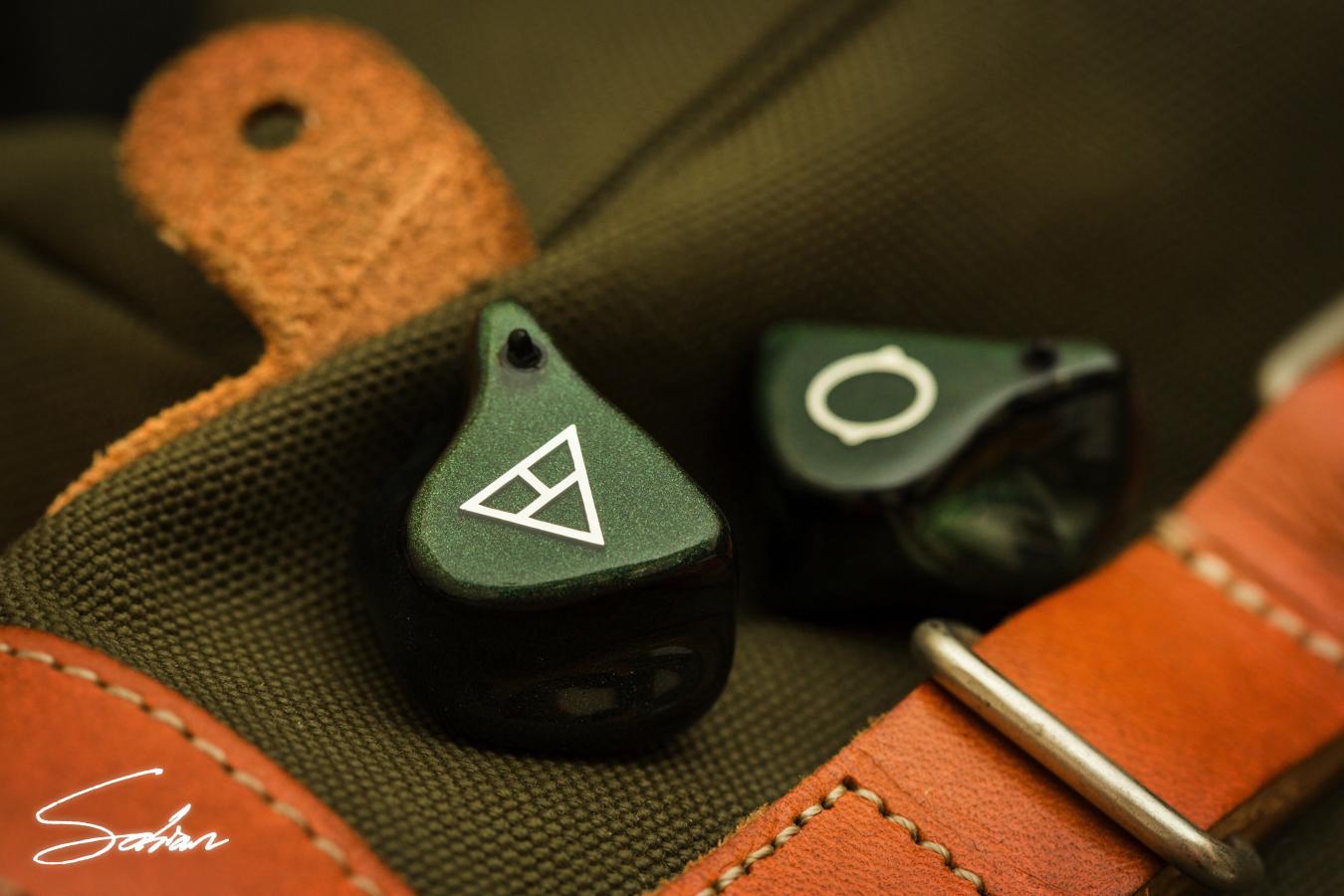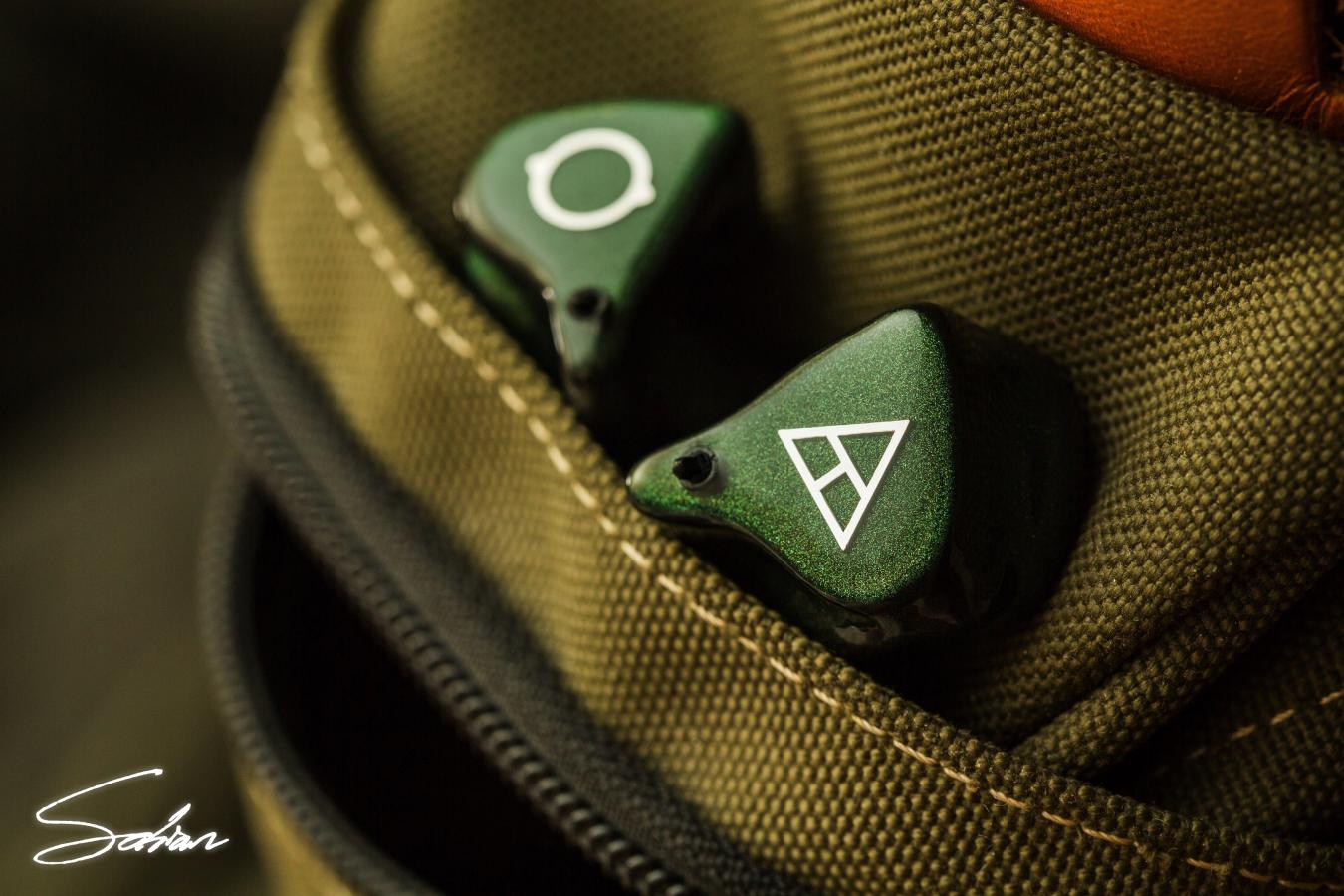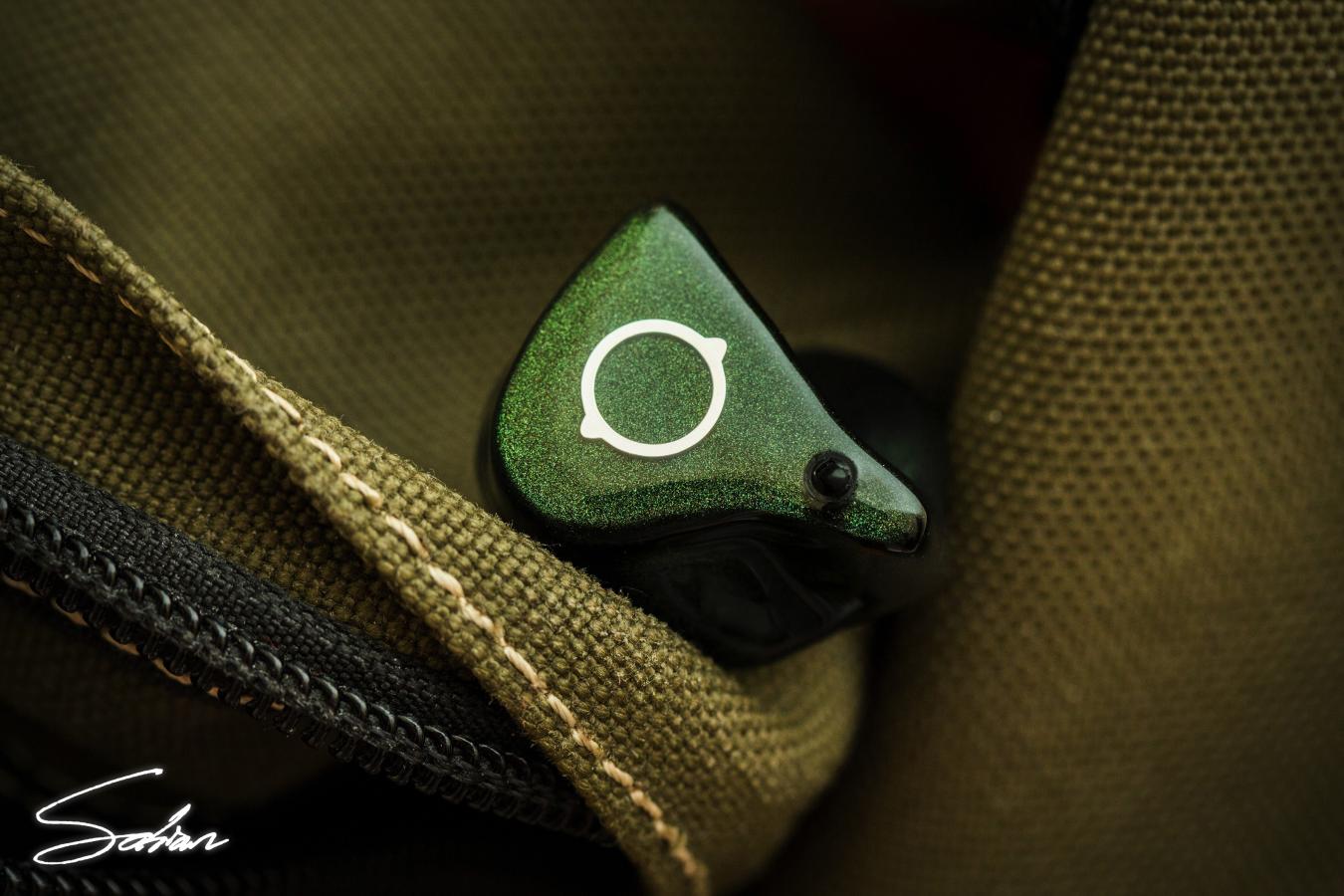Presentation
Lime Ears’ remaster of their acclaimed flagship retains much of the original’s core values: Larger-than-life instruments, a warm-yet-clear tonality and an extremely infectious sense of fun. The Aether R unapologetically drops you smack bang in the middle of a track and surrounds you with walls of sound. However, part of what’s made Lime Ears special is their ability to do so whilst maintaining headroom and control at the same time. Among all their IEMs thus far, the R executes this best, achieving a soundscape where snare drums, pianos and horns come at you with full force, yet sound open and effortless at the same time. So, you can truly feel the rhythm and groove of a track without ever being bombarded by it.

A great track to reference is Dave Weckl and Jay Oliver’s rendition of Higher Ground. The track starts off big with massive drum fills, multi-layered synths and a driving bass line. The R translates that energy excellently, delivering the punch an arrangement like that was intended to give. But, at the same time, composure, headroom and air are maintained. Now, it isn’t to the degree of more analytical, space-emphasised flagships; something’s gotta give to allow the R’s exuberance. Nevertheless, strong top-end extension gives those large notes a stable, clean and well-defined backdrop to operate. So, despite an image that’s more width than depth, you still get that surround sound feel from sheer stereo separation and expansion alone. And, to top it all off is the R’s balanced, neutral-warm tone imbued with equal parts body and sparkle.
Bass
The Aether R’s bass is well-rounded and big-sounding, effectively filling out the bottom and driving rhythms forward. It’s a mid-bass-emphasised low-end with great meatiness and weight. Low-end instruments loom large, never allowing the stage to sound empty, humdrum or uneventful. But, at the same time, it never overshadows the higher frequencies too. Bass notes sit comfortably behind the midrange in either switch setting, which allows the lead instrument to always take centre stage. At most, with bass boost engaged, the low-end will inject a touch of warmth, body and weight to the mids. Otherwise, it’s a bass that musically fills in gaps without intruding on what everyone else is doing; a brilliant team player.
Something Lime Ears have drastically improved since 2015’s Aether is bass resolution, authority and control. Compared to the original’s – which had musicality, but lacked focus at times – the R’s lows have matured tremendously. There’s now a disciplined sense of control and a clear texture to the bass, achieved without sacrificing too much of the original’s joy. They’ve also managed to retain that gorgeously warm tone, now accompanied by much stronger contouring and clarity. The lows extend assuredly, though the sub-bass has been kept relatively linear in quantity to maximise headroom. All in all, the R’s bass is an encapsulation of its overall philosophy: A childlike sense of fun with unassumingly mature control.
Midrange
The Aether R’s midrange is lively, vibrant and forward-sounding with a rich, wet and yet crystal-clear timbre. A noticeable lift throughout the presence region around 2-3kHz gives instruments these large, looming silhouettes. This is what gives the R such strong immersion and musicality. On tracks like Sean Wright’s performance on VFJams LIVE Season 2, guitars, horns and synths fill every corner of the stage; tall, far and wide – again, never leaving any part of the image unengaged. This is made possible by the R’s calmer lower-mids, which frees up headroom. But, the two parts are bridged with great linearity as well. A straight upward slope from 1-3kHz renders instruments lively, well-founded, clear and realistic too.

This is especially noticeably when listening to tracks like Tori Kelly’s Help Us To Love. When she makes her vocal runs, the shifts in pitch, timbre and projection that occur as she travels up and down her register are reproduced very smoothly. The strings and choirs around her are infused with the R’s joyousness and cohesion as well, pulling you straight into the energy and atmosphere of the track. But, like the bass, there’s also a maturity to the midrange that keeps the R’s stage refined, authoritative and spacious. So, despite the many instruments within the R’s vibrant, wall-of-sound presentation, there’s always the air, headroom and control required to separate layers and showcase nuance. All these qualities make for a natural, rich and clear midrange ideal for the audiophile looking for both immersion and meritable technical chops.
Treble
The top-end is where the R diverges most from Lime Ears’ tried-and-tested formula. Emil’s IEMs have always come with a crispness to the top-end; airy, refined and inoffensive, yet distinctly coloured at the same time. The R has eschewed this a tad in favour of a top-end that’s more linear, unassuming and honest to the track. Although it still has that energy and cut that makes cymbal hits so satisfying to listen to, the attack has been restrained just a bit for a slightly thicker, slightly fluffier response. What this does is lessen a bit of that classic Lime Ears crispness. But, at the same time, it highlights the different tones and textures of those hi-hats, snare drums and acoustic guitars for a more transparent, uncoloured sig.
Listening to Larnell Lewis’s In The Moment, longtime members of the Lime Ears club may notice slightly less crackle to the snare drum, and a greater emphasis on the texture and tone of the drum. This is what the R’s top-end excels at; a fairer weightage between a transient’s attack and body. One may assume, then, that the R lacks resolution and transparency than its predecessor. But, the R’s improved top-end extension has prevented this from being so. Compared to the 2015 Aether’s limited image stability – which we’ll explore further in the comparisons – the R maintains its stable imaging, left-right separation and background blackness for hours on end. So, although snares may snap less on the R, and cymbals may come across wetter, they all sing with a lot less effort and a greater harmony between the top-end and midrange.
General Recommendations
The Aether R’s engaging, well-balanced, clear-and-warm sound has the ability to come across musical and realistic with a wide variety of genres. Below are three of the R’s main qualities, which allow it to have this charisma, versatility and fun:

Large, energetic and clear-sounding instruments: The Aether R’s main draw is its infectious sense of joy, stemming from the clarity, body and vastness it injects into its instruments. It’s an IEM that looks at music as if you were in the middle of the band, rather than in the audience. If that fun, immersive experience is what you’re after, the R is a strong option for you.
A big-sounding yet unobtrusive bass response: The R’s low-end is rather exemplary in that it achieves excellent surface area without too much forwardness or presence. Bass notes loom behind with discipline, sat as a foundation in both rhythm and weight. Yet, they contribute with musicality and impact when needed – ideal lows if you want fun without the bloat.
A more immersive stage, but with headroom, separation and air: Again, the Aether R isn’t the most open, concert-like IEM you’ll find, simply because of its decidedly energetic, forward-sounding signature. Instead, its advantage is having that with a healthy amount of space. So, the R is able to pull off sounding loud and have it be refined, clean and controlled.

But, because of the Aether R’s always-on, toe-tapping signature, it may draw skepticism from those who prefer their in-ears more relaxed. So, if these three traits are what you want out of your next IEM purchase, the R may not be for you:
Ultra-vast stage expansion with compact, almost distant images: With everything that’s been written above, this is pretty self-explanatory. If your ideal in-ear monitor has you sitting three or four rows back from the stage with a theatre-like spread of tight, smaller-sounding instruments an arm’s length away from you, the Aether R is not the monitor for you.
A lean, crisp and clarity-focused midrange: The R has a chesty, forward-sounding midrange with an emphasis around 2-3kHz. Although its top-end brings a lot of clarity and detail, you’ll still find a midrange that’s more muscly and saturated than your HD800’s, perhaps. So, the R may not be for you if you like your instruments coloured leaner and brighter.
A strong emphasis on either of the extremes: The R is a well-balanced piece that can perhaps be called mid-forward at best. It injects the same big energy to all of its instruments, and therefore prioritises no region over another mostly. So, if you prefer a more coloured, forward-sounding, crisp top-end or a heavy, skull-rattling bass response, the R isn’t your ideal.


